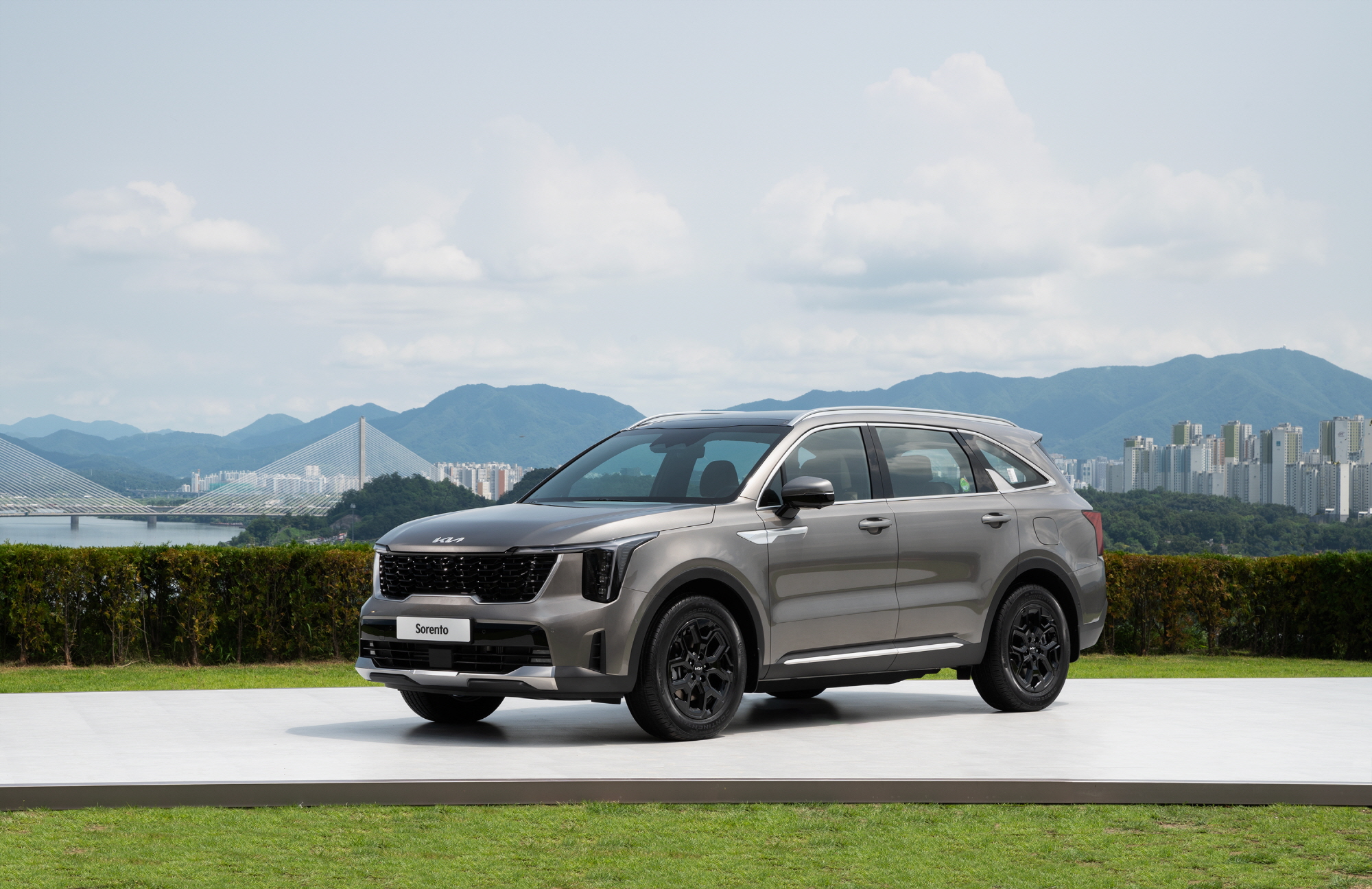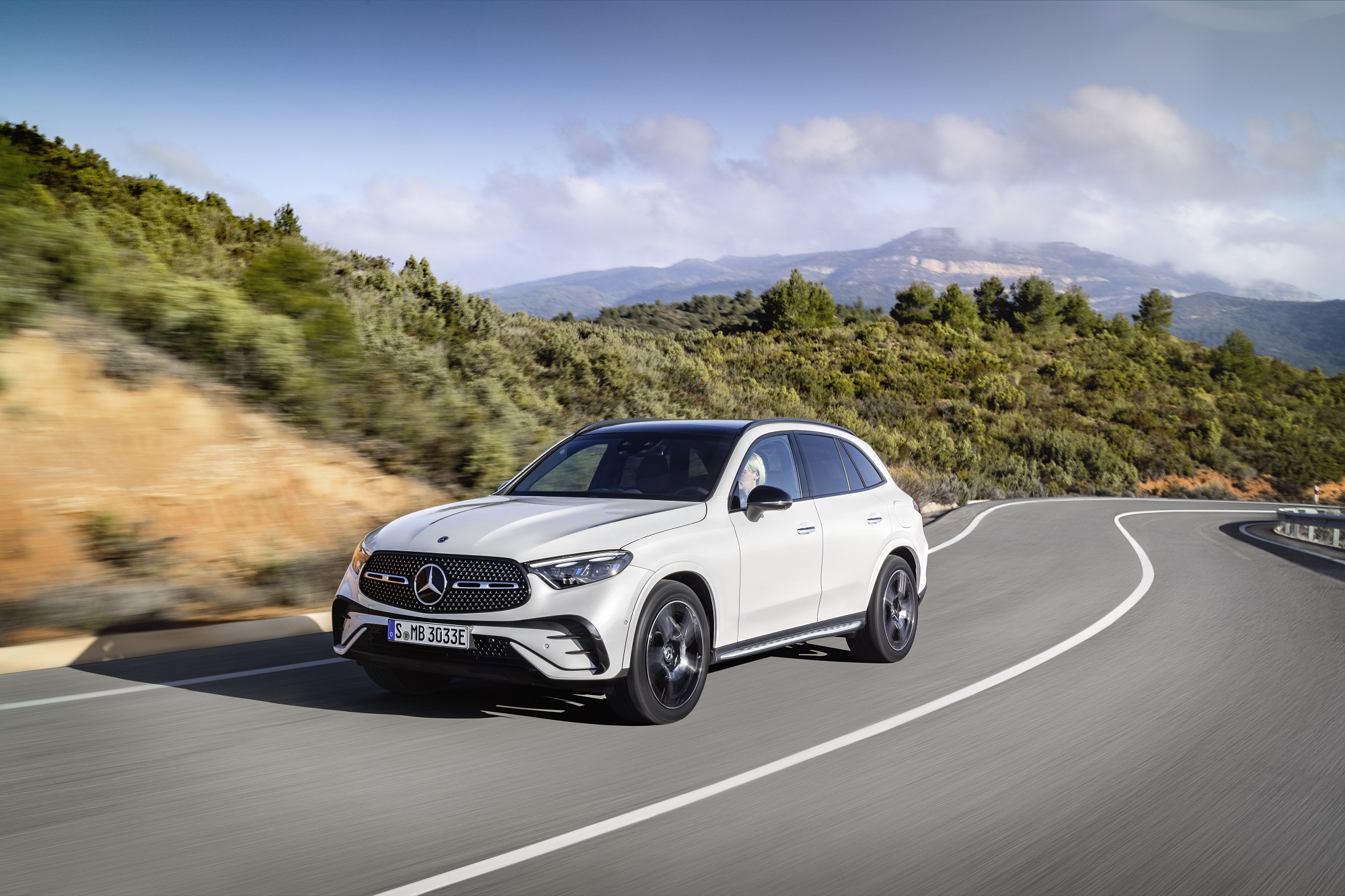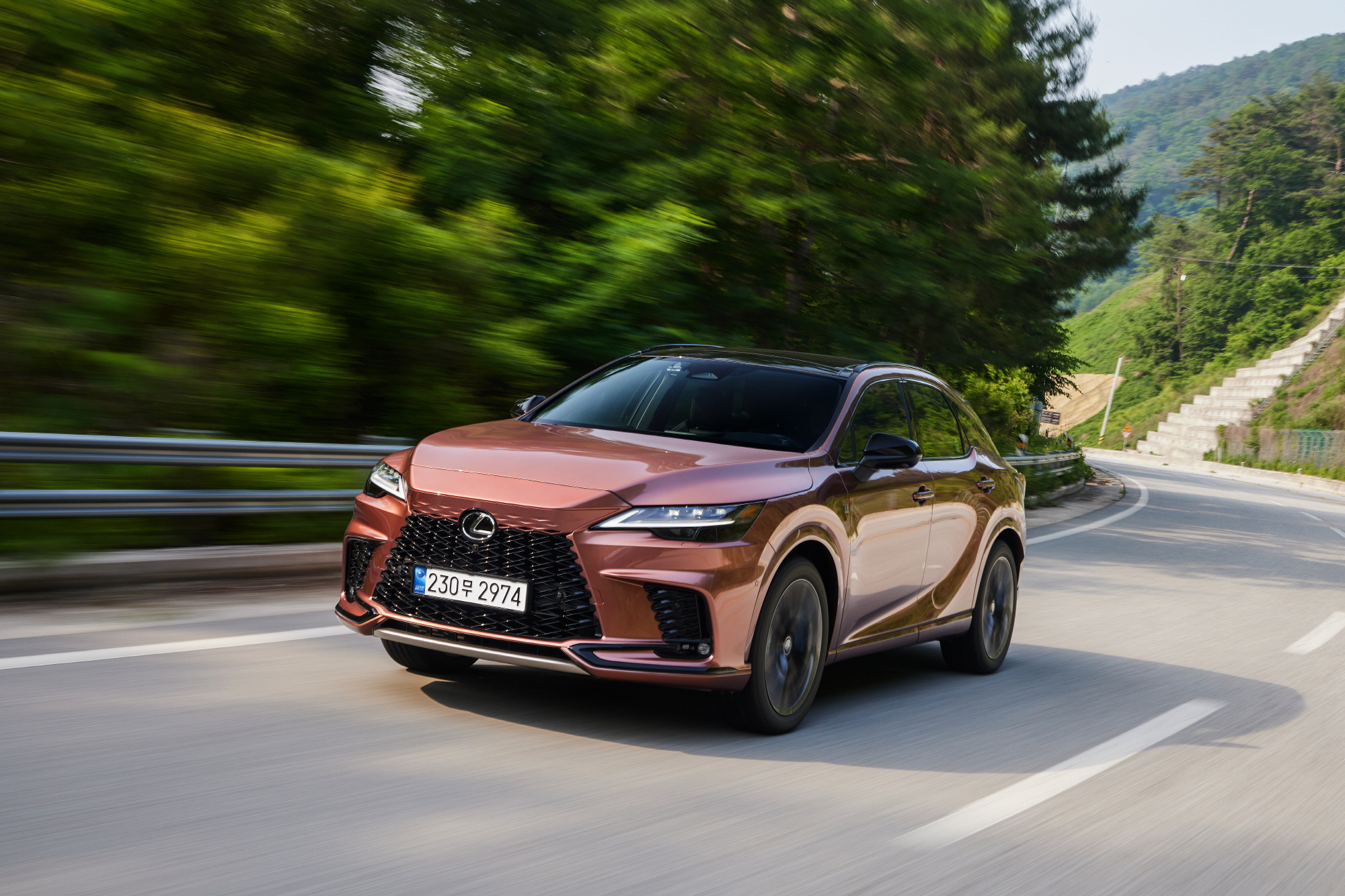
The waiting period for cars, which used to stretch from one to two years, has burst like a bubble, and as inventories build up, manufacturers have resorted to emergency discounts. Meanwhile, there are brands that find themselves quietly smiling as customer wait times remain unchanged.
As a representative brand of domestic cars, Kia has seen its flagship model, the Sorento, capture the title of best-selling domestic car for two consecutive months in September and October, marking its entry as a national car. Despite the Sorento’s popularity resulting in a one-year waiting period—still significantly reduced from the previous 18 months—it continues to hold its position as one of Kia’s premier models.

This phenomenon continues even in the import market. Mercedes-Benz has seen all its larger-than-mid-size SUV models in its lineup, including the GLC, GLE, and GLS, undergo complete redesigns this year. The GLC, a mid-size SUV that has gained the most attention, reportedly has a waiting period of “six months” according to front-line sales staff.
Despite a complete overhaul of the SUV lineup, customers for the refreshed GLC are showing a keen interest. Furthermore, the salesperson noted that due to its popularity, the waiting list for the revised GLE is almost on par with that of the GLC.
In a recession where every brand seems to be slipping, Toyota’s Lexus is still drawing steady sales. The RX and NX are its representative models. According to Toyota Lexus, the average waiting period for the RX and NX is about three months. Compared to other brands, this waiting period is short, but it still provides a sense of relief to the manufacturer, who has been struggling with poor sales and accumulating inventory. Toyota also mentioned that their flagship minivan, the Sienna, takes an average of two months to schedule.

Lee Sang-jin daedusj@autodiary.kr

